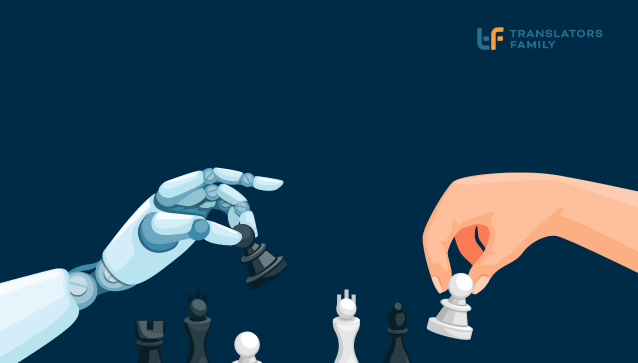Today, we’d like to investigate which of these two tools is better to work with. Let’s have a look at the key differences between them.
- Google Bard uses Google Pathways Language Model (PaLM 2) and can offer responses based on real-time, current events pulled from Google Search, becoming an excellent research tool.
- ChatGPT uses its Generative Pre-training Transformer 3 (GPT-3), or GPT-4 for paid subscribers, and while it can draw responses from Bing search, it makes for a better text generator or writing tool.
So, Bard is a factual language model, while ChatGPT is a generative language model. Bard is better at comprehending facts and responding to questions, and ChatGPT is better at generating texts, poems, code, scripts, musical pieces, emails, letters, etc.
The most important difference is that Bard uses Google’s vast search network. While ChatGPT is not connected directly to the Internet and deals with information up to 2021, Bard can constantly monitor Google’s search results.
Thus, Bard is built for research, whereas ChatGPT is a better writer. Let’s see what these two tools say about themselves.
Why translators and copywriters use ChatGPT
- ChatGPT can spark new ideas and creativity for copywriters when developing content and accelerate the writing process.
- Translators can use ChatGPT to assist with complex or ambiguous phrases in the source text, helping them find accurate and contextually appropriate translations.
- Both translators and copywriters can use ChatGPT to enhance the flow and readability of their texts.
- Copywriters can use ChatGPT to draft content or generate multiple versions of one text.
- Translators may use ChatGPT to practice their language skills across multiple languages, as it can offer exposure to different language patterns and expressions.
Why translators and copywriters use Bard
- Bard can create different types of content in multiple languages, such as blog posts, articles, and marketing materials.
- Bard can translate and write text much faster than a human, saving time and money.
- Bard is trained on a massive dataset of text and code, enabling it to generate accurate and grammatically correct text.
- Bard can generate creative and engaging text based on actual research data, which can help improve the quality of translated or written content.
- Bard is available online, and you can access it from anywhere in the world.
Overall, AI tools are potent tools that translators and copywriters can use to improve their productivity and the quality of their work.

What are the limitations of these AI tools?
However, these tools are not so perfect. Let’s see where translators and copywriters may stumble:
- Sometimes, AI fails to grasp the essence of a question or task and may start inventing an answer or hallucinating.
- Although trained on a wide range of data, Bard and ChatGPT might not specialize in specific niche fields or industries.
- While Bard and ChatGPT may not be as proficient in translating rare languages, limiting their usefulness in diverse translation projects.
- Language models lack the human touch and cultural awareness that human translators can provide.
- When the source text is ambiguous or poorly written, language models may produce translations that reflect those ambiguities and lose the intended meaning.
- In projects under NDA, specialists are not allowed to share the data on external platforms as it violates confidentiality. The use of AI could also be a breach of such an agreement.
To sum up
The combination of these two tools, along with human intelligence, is the most advantageous solution. However, it is necessary to consider the limitations of AI, which may impede its performance and quality. Bard is excellent for research. It assists you in selecting topics for surveys and content, identifies the interests and characteristics of your audience, suggests ways to promote your content and checks grammar. Meanwhile, ChatGPT writes texts of different types for various platforms and advises on improving the text or style. Which AI tools do you use in your work?
